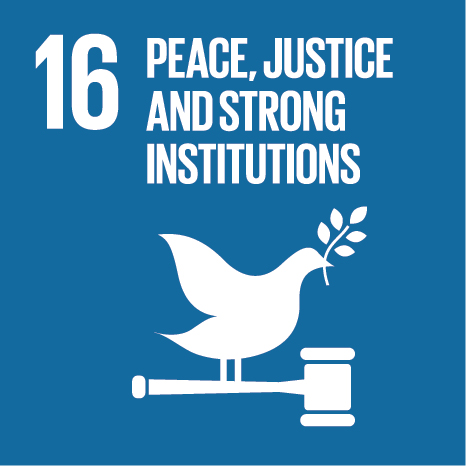Space: The Final Frontier of War?
Event Title
14th Annual Conference of the International Society of Military Sciences (ISMS 2022)
Year (definitive publication)
2022
Language
English
Country
Portugal
More Information
Web of Science®
This publication is not indexed in Web of Science®
Scopus
This publication is not indexed in Scopus
Google Scholar
This publication is not indexed in Google Scholar
This publication is not indexed in Overton
Abstract
Iconic films such as Star Wars (1977) and Starship Troopers (1997) picture conflicts fought in outer space. UFO (1970) tells the story of a high-tech military organization established to defend Earth from space attack. Space: 1999 (1975) and Star Trek (1966) are about travelling in deep space where no man has "bodly" gone before and imagine a technology that does not exist. Sometimes science fiction, inspired by science possibilities that one day can come true, simply imagines the future. Military applications of space technology, and considerations on space as a future theater of war when they would become technologically possible, were outlined in the Introduction to Outer Space, a pamphlet edited by the White House in 1958.
To avoid the militarization of space and celestial bodies, and to guarantee their exploration and use for peaceful purposes to all countries, in 1967 the US, the U.K. and the Soviet Union opened for signature the Treaty on Principles Governing the Activities of States in the Exploration and Use of Outer Space, including the Moon and Other Celestial Bodies, which has become customary international law (White, 2000). The Outer Space Treaty forbids from placing in Earth orbit weapons of mass destruction, including nuclear weapons, or otherwise stationing them in outer space, but does not prohibit the placement of conventional weapons, and thus some highly destructive attack strategies such as kinetic bombardment are still potentially allowable (Bourbonniere & Lee, 2007).
Since 1984, the Conference on Disarmament (CD), a body established by the UN General, has considered proposals, including draft treaties, aimed at preventing the placement of weapons in outer space. In 1998 Russia and China proposed a Treaty on Prevention of the Placement of Weapons in Outer Space and of the Threat or Use of Force Against Outer Space Objects (PPWT). An amended text drafted in 2014 was rejected by the US because it failed to address a series of relevant issues: it did not provide a definition of "outer space" neither of what constitutes a "weapon in outer space", and it did not ban terrestrially-based ASAT systems launched from the ground (CD, 2014; UNGA GA/DIS/3591; Plath, 2018).
The US refused to negotiate a Proposed Prevention of an Arms Race in Space (PAROS) treaty as an international legally binding instrument in the CD, as Washington gathers that it simply mirrored the PPWT, including its failures. Therefore, the US voted against the Russian's No First Placement of Weapons in Outer Space (NFP) resolution (UNGA, A/C.1/72/L.53). So far, the international community failed to reach a solution to prevent an arms race in outer space. Space war is no more a science-fiction scenario; it’s an emerging reality.
Acknowledgements
--
Keywords
space,international law,international humanitarian law,law of war,emerging disruptive technologies
Fields of Science and Technology Classification
- Law - Social Sciences
- Political Science - Social Sciences
- History and Archeology - Humanities
Funding Records
| Funding Reference | Funding Entity |
|---|---|
| SFRH/BD/136170/2018 | Fundação para a Ciência e a Tecnologia (FCT), Portugal |
Contributions to the Sustainable Development Goals of the United Nations
With the objective to increase the research activity directed towards the achievement of the United Nations 2030 Sustainable Development Goals, the possibility of associating scientific publications with the Sustainable Development Goals is now available in Ciência_Iscte. These are the Sustainable Development Goals identified by the author(s) for this publication. For more detailed information on the Sustainable Development Goals, click here.

 Português
Português


